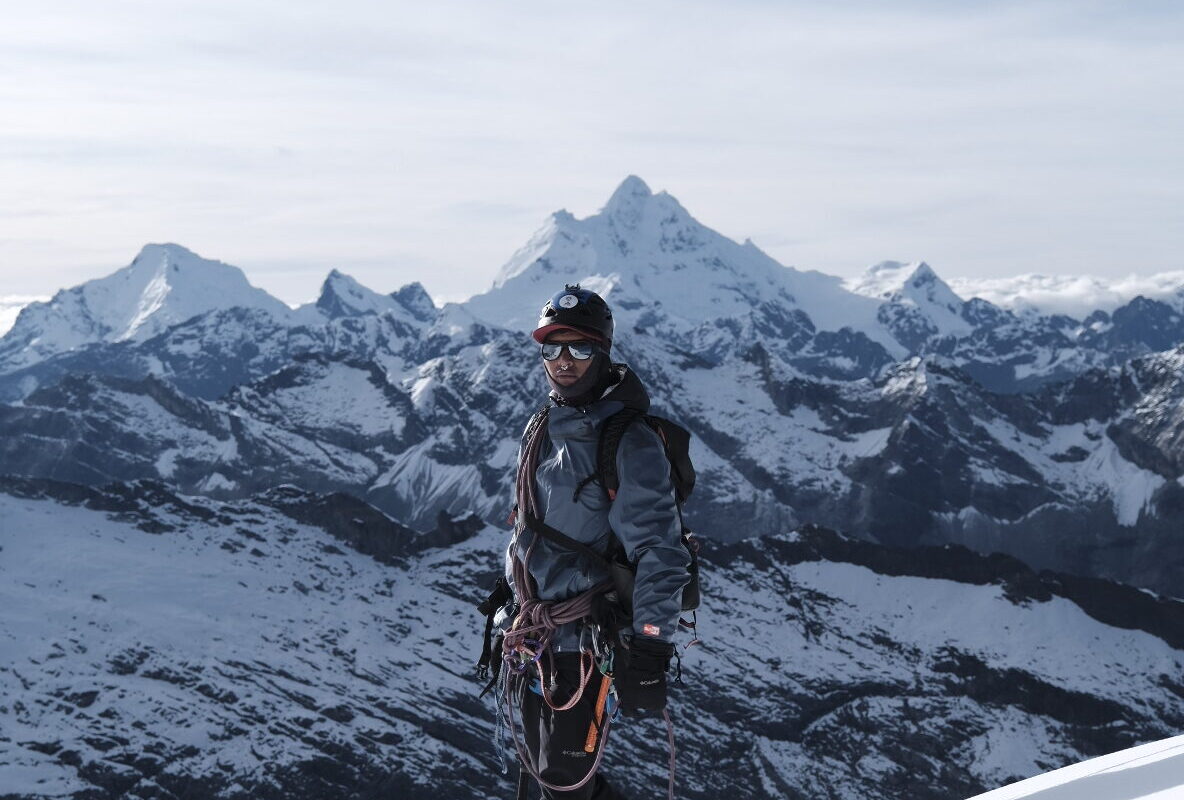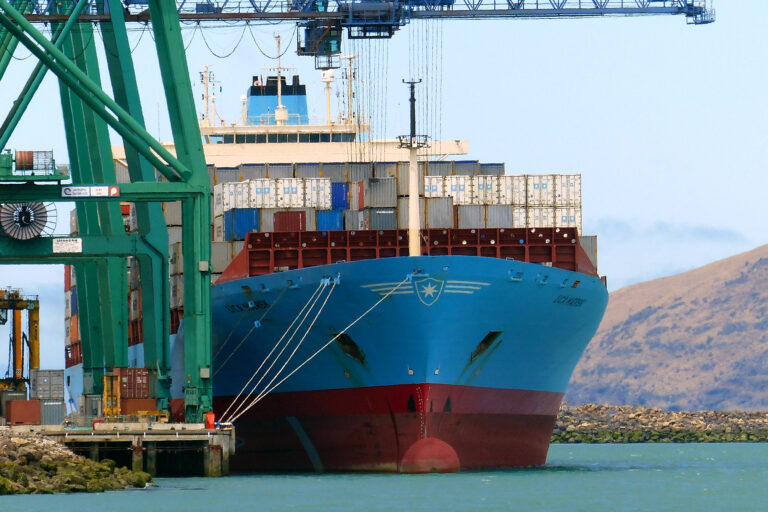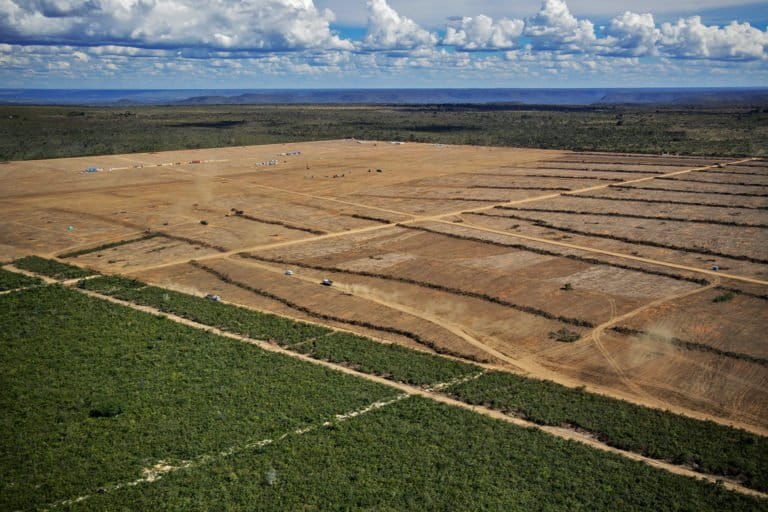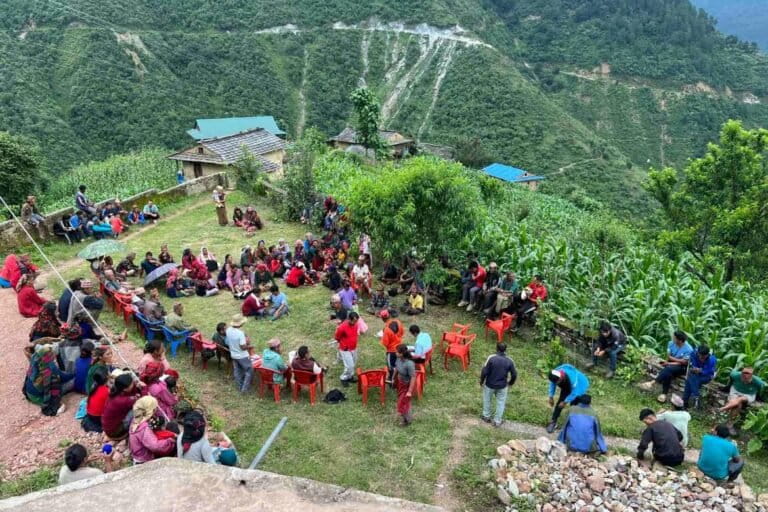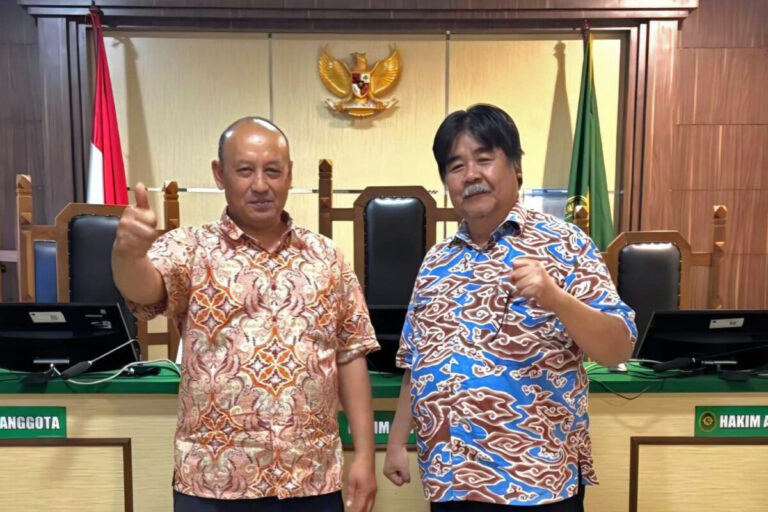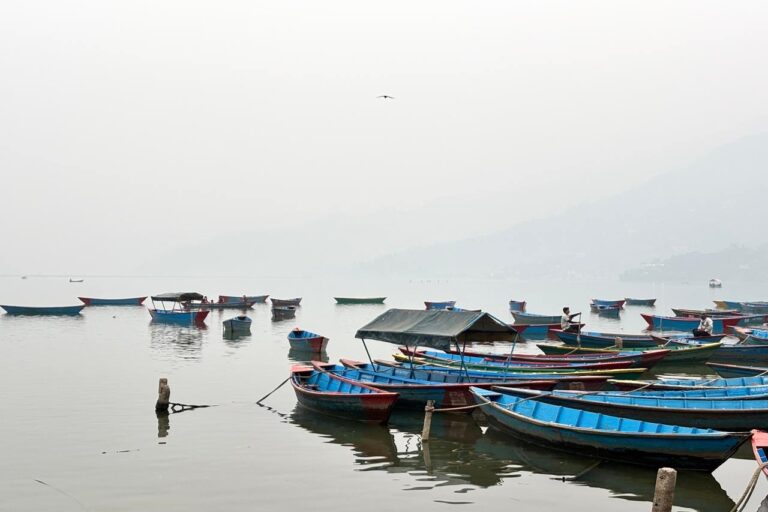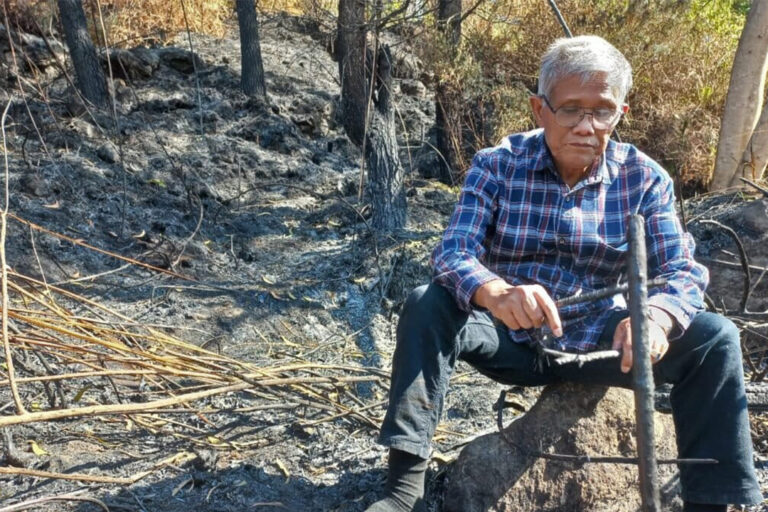Wildfires have scorched millions of hectares of forest across South America so far this year. From Bolivia to Brazil, Peru to Argentina, the continent has been gripped by one of its worst fire seasons in decades, with deforestation and drought fueling the flames.
“The Amazon is not burning because it wants to burn, it is being set on fire. One of the most important biomes on the planet is being destroyed,” Patricia Gualinga, an Indigenous Kichwa leader from Ecuador, said at Climate Week in New York on Oct. 4.
With the rainy season still several weeks away, the situation may still worsen.
Bolivia has been hit the hardest, with more than 7 million hectares (17 million acres) of forest and natural vegetation scorched by late September. This makes 2024 Bolivia’s worst year for fires on record. The government declared a national disaster on Sept. 30. There were three times more fires in Bolivia this year than in previous years, devastating biodiversity and Indigenous territories.
Brazil, home to 60% of the Amazon, also faces extreme fire activity. NASA satellite data show widespread hotspotswhich indicate a high likelihood of fire, across the country, worsened by severe drought. Water levels in the Madeira and Negro rivers, major Amazon tributaries, are at historic lows.
In the Brazilian Pantanal, the world’s largest tropical wetland that also straddles Bolivia and Paraguay, more than 1.3 million hectares (3.2 million acres) burned by October, marking one of the most destructive fire seasons in recent history. Jaguars (Panthera onca), capybaras (Hydrochoerus hydrochaeris), brocket deer (Mazama gouazoubira) and red caimans (Caiman yacare) were reported injured or killed, with some suffering from burns and respiratory damage from the smoke.
Peru has also declared a state of emergency in six regions as fires spread across the country. By late September, the fires had killed 20 people, injured more than 160, and burned more than 12,300 hectares (30,400 acres) of natural vegetation. Meanwhile, Colombia reported 44,000 hectares (109,000 acres) destroyed by fires in September alone.
Environmental experts warn that the Amazon may be approaching a point of no return, as deforestation and forest degradation have already affected around 25% of the forest.
“The forests are drying out, making them more vulnerable to fires,” Marlene Quintanilla, the research director at Friends of Nature Foundation (FAN) Bolivia told Mongabay Latam. The fires, she added, are transforming the rainforest into a fire-prone landscape, with irreversible damage looming.
Paraguay and Argentina are also grappling with wildfires in the Chaco savanna, the second-largest forest in South America after the Amazon. More than 181,000 hectares (447,000 acres) of forest burned in Paraguay, while Argentina’s Córdoba province declared an environmental emergency after 40,000 hectares (99,000 acres) were consumed by flames.
Banner image: A firefighter in Brazil’s Pantanal wetland combating flames at night in September 2024. Image courtesy of Álvaro Rezende/Mato Grosso do Sul state government.



